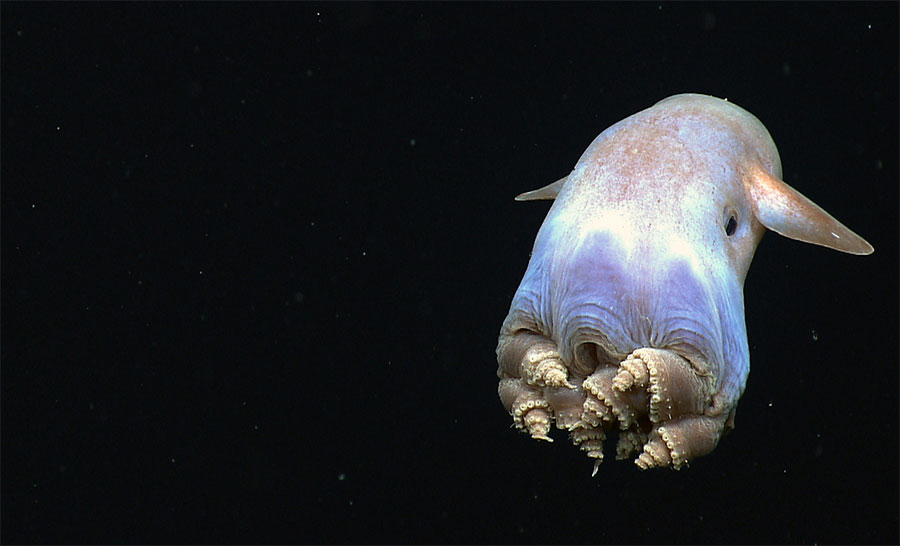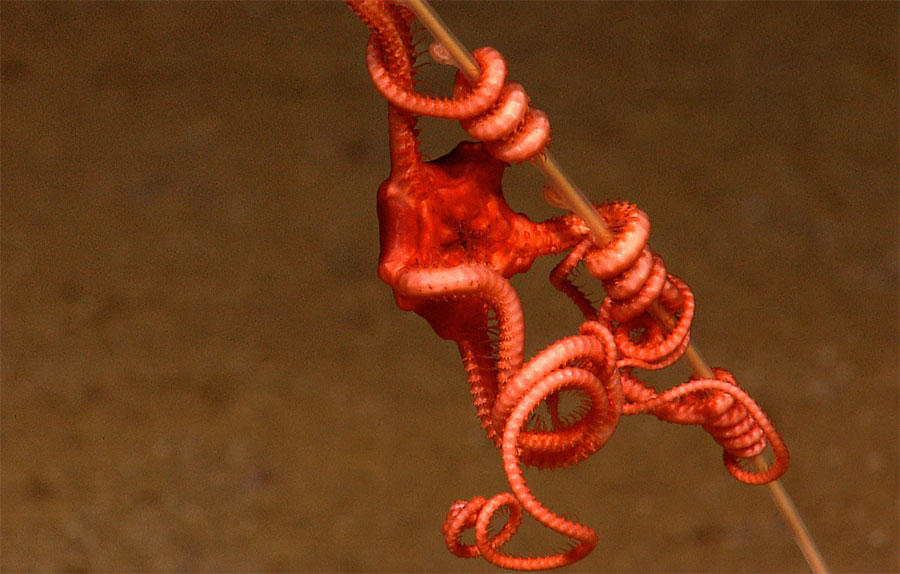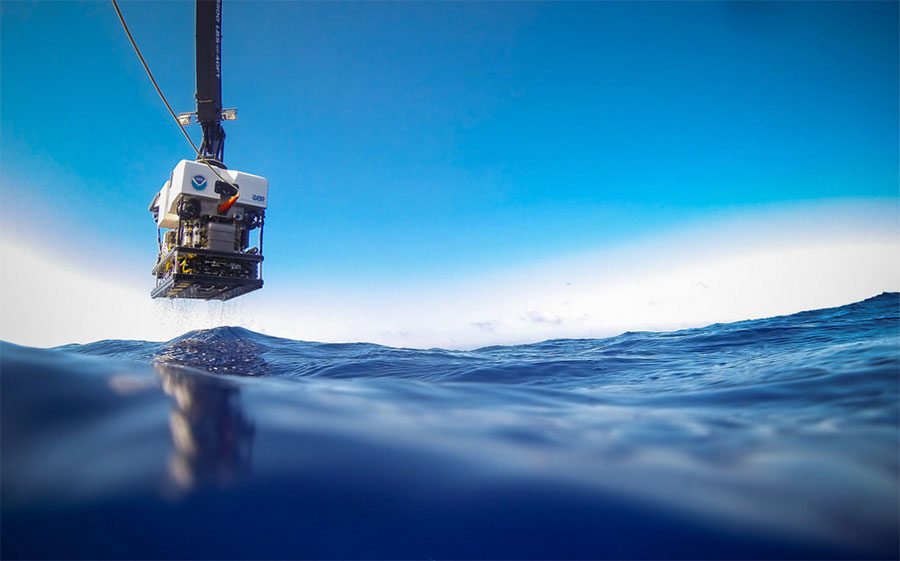What's Happening at Discovery Diving
Get all the latest info from our Instructors and Staff on our SCUBA Classes, Charters, Equipment and Special Events.
America’s Ship for Ocean Exploration Heads to Hawai’i
- Font size: Larger Smaller
- Hits: 1392
- 0 Comments
- Subscribe to this entry
- Bookmark
The Okeanos is equipped with real-time broadband satellite communications that provide the ship with telepresence -- meaning the video and photos collected with underwater robots known as remotely operated vehicles, or ROVs, are shared on the internet in real time. So scientists, teachers, students, and you can watch the dives as they happen. With the ship currently exploring PapahÄnaumokuÄkea Marine National Monument in the Northwestern Hawaiian Islands and Hawaiian Islands Humpback Whale National Marine Sanctuary, there’s no time like the present to tune in and check out the action.
Video Feeds
Known as “America’s Ship for Ocean Exploration,†the Okeanos is the only federally funded U.S. ship specifically assigned to systematically explore our largely unknown ocean for the purpose of discovery and advancement of knowledge. The crew of the Okeanos -- and all the scientists joining via video feed in exploration command centers around the country -- is out in the Hawaiian Islands with the specific mission of finding out what’s out there.
 A dumbo octopus caught on camera during the 2014 Okeanos expedition to the Gulf of Mexico. Its coiled leg body posture had never before been observed in this species.
A dumbo octopus caught on camera during the 2014 Okeanos expedition to the Gulf of Mexico. Its coiled leg body posture had never before been observed in this species.
And there’s plenty to find: PapahÄnaumokuÄkea Marine National Monument harbors diverse habitats including pelagic basins, abyssal plains, submarine escarpments, coral reefs, shallow lagoons, littoral shores, dunes and dry coastal grasslands. It is home to more than 7,000 known species, 25% of which are endemic to the region, meaning they are found nowhere else on the planet.
While humpback whales are the focus of Hawaiian Islands Humpback Whale National Marine Sanctuary’s conservation efforts, the sanctuary is also home to a unique and diverse range of marine species ranging from nearshore invertebrates and reef fish to offshore cetaceans and turtles. Many endangered species such as the Hawaiian monk seal and the hawksbill sea turtle inhabit sanctuary waters.
Currently, the sanctuary is nearing the end of an extensive community-based process that could result in expanded boundaries and increased protection for additional marine species that live in the sanctuary. The Okeanos mission will help provide critical scientific information to inform future sanctuary management by the State of Hawaii and NOAA.
 Okeanos researchers found this rarely-seen pink brittlestar perched on an octocoral (soft coral) in Indonesia at 1,517 meters depth in 2010.
Okeanos researchers found this rarely-seen pink brittlestar perched on an octocoral (soft coral) in Indonesia at 1,517 meters depth in 2010.
The monument and sanctuary represent some of the last relatively pristine marine ecosystems on the planet. Although they are already protected, their remoteness makes it difficult for us to learn more about what is found in these areas.
With ROV dives including high-resolution visual surveys and limited sampling -- including the first ever look at habitats deeper than 2000m in PapahÄnaumokuÄkea -- who knows what researchers will find?
 Researchers use the ROV Deep Discoverer to explore deep below the surface of the ocean.
Researchers use the ROV Deep Discoverer to explore deep below the surface of the ocean.
And the best part is that it’s not only scientists who can follow along! You can watch live video feeds from the expedition at the top of this page from July 31 to September 30, and on the Okeanos Explorer website. Plus, visit the expedition webpage for a mission plan, background essays, and an Ocean Explorer Expedition Education Module that includes an expedition purpose, standards-based lessons, interactive multimedia activities for students, career connections and much more!

